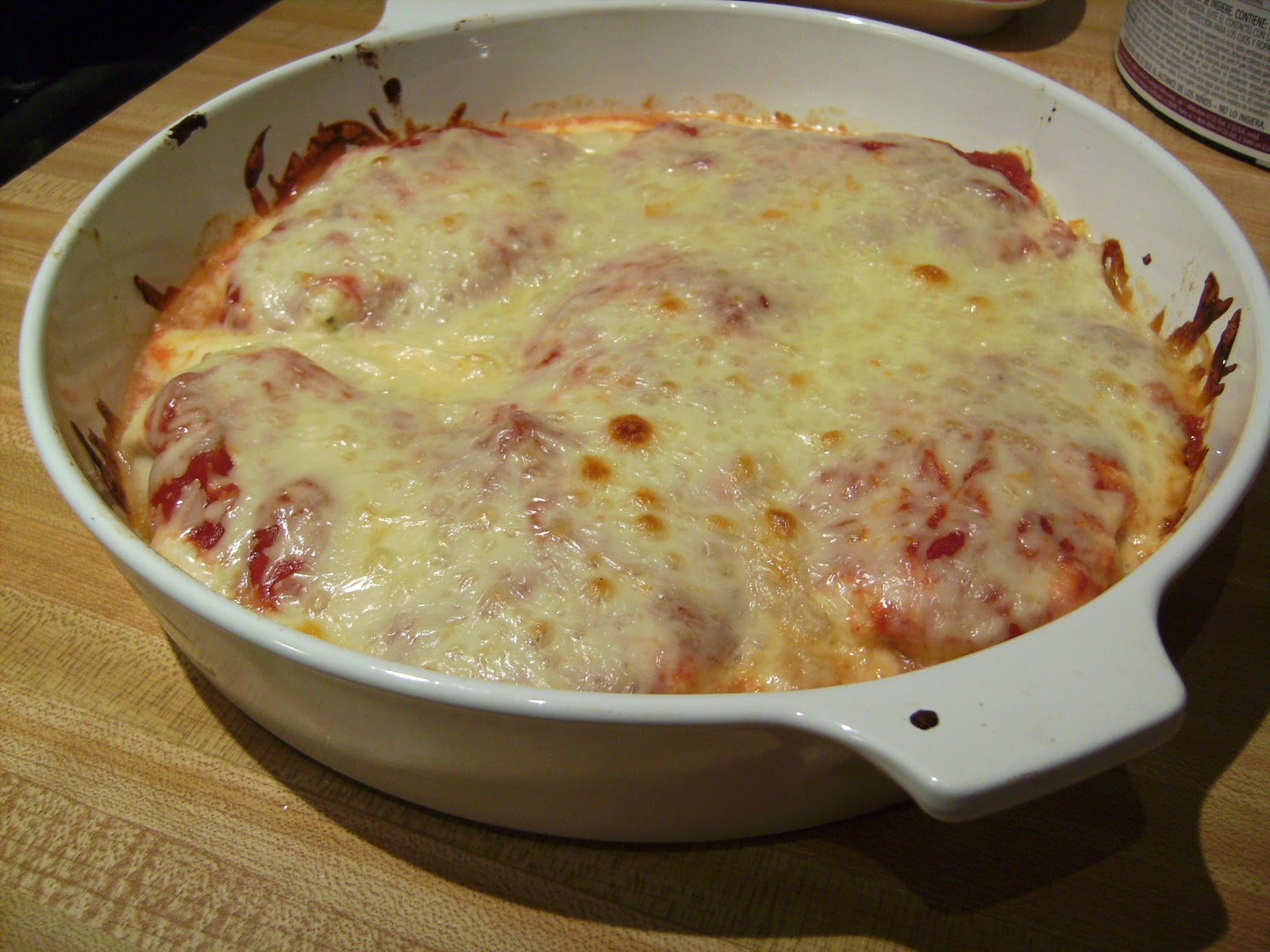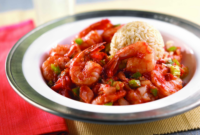South Beach Phase 1 cookies offer a delicious and surprisingly manageable treat for those following the South Beach Diet’s initial phase. This guide delves into the creation of these satisfying cookies, exploring various flour options, ingredient substitutions, and baking techniques to ensure perfectly baked results every time. We’ll cover three distinct recipes, each with unique flavor profiles and nutritional information, allowing for personalized culinary adventures while adhering to dietary restrictions.
From mastering the art of achieving the ideal texture to understanding the impact of ingredient swaps on taste and nutritional content, this comprehensive guide provides a wealth of information for both novice and experienced bakers. We’ll also explore creative flavor combinations and offer practical advice on storage and shelf life, ensuring your South Beach Phase 1 cookies remain fresh and enjoyable for as long as possible.
South Beach Phase 1 Cookie Recipe Variations
South Beach Phase 1 focuses on low-carbohydrate intake, making it challenging to create satisfying cookies. However, by utilizing alternative flours and mindful ingredient selection, delicious and compliant cookies are achievable. The following recipes showcase three variations, each highlighting a different flour and resulting in unique texture and flavor profiles. Nutritional information is approximate and may vary based on specific ingredient brands.
South Beach Phase 1 Cookie Recipes
This section details three distinct South Beach Phase 1 cookie recipes, each using a different primary flour: almond flour, coconut flour, and oat flour (ensure it’s certified gluten-free if needed). These variations provide a range of textures and flavors to cater to different preferences.
Almond Flour Cookies
This recipe utilizes almond flour, resulting in a slightly crumbly yet moist cookie with a rich, nutty flavor.
Ingredients: 1 cup almond flour, 1/4 cup erythritol or other sugar substitute, 1/4 cup unsweetened applesauce, 1 egg, 1 teaspoon vanilla extract, 1/4 teaspoon baking powder, pinch of salt.
Instructions: Preheat oven to 350°F (175°C). Combine all ingredients in a bowl and mix well. Drop by rounded tablespoons onto a baking sheet lined with parchment paper. Bake for 10-12 minutes, or until golden brown.
Nutritional Information (per cookie, approximate): Carbohydrates: 5g, Protein: 3g, Fat: 8g
Coconut Flour Cookies
Coconut flour cookies offer a denser, chewier texture with a distinct coconut flavor. Due to coconut flour’s absorbency, the liquid content is slightly higher.
Ingredients: 1/2 cup coconut flour, 1/4 cup erythritol or other sugar substitute, 1/4 cup unsweetened applesauce, 2 large eggs, 1/4 cup unsweetened shredded coconut, 1 teaspoon vanilla extract, 1/4 teaspoon baking powder, pinch of salt.
Instructions: Preheat oven to 350°F (175°C). Combine all ingredients in a bowl and mix thoroughly. The dough will be quite thick. Drop by rounded tablespoons onto a baking sheet lined with parchment paper. Bake for 12-15 minutes, or until lightly browned.
Nutritional Information (per cookie, approximate): Carbohydrates: 6g, Protein: 4g, Fat: 9g
Oat Flour Cookies (Gluten-Free)
These cookies offer a more traditional cookie texture, thanks to the use of oat flour. Ensure your oat flour is certified gluten-free if needed.
Ingredients: 1 cup gluten-free oat flour, 1/4 cup erythritol or other sugar substitute, 1/4 cup unsweetened applesauce, 1 egg, 1 teaspoon vanilla extract, 1/2 teaspoon baking powder, pinch of salt, 1/4 cup chopped nuts (optional).
Instructions: Preheat oven to 350°F (175°C). Combine all ingredients in a bowl and mix well. Drop by rounded tablespoons onto a baking sheet lined with parchment paper. Bake for 10-12 minutes, or until golden brown.
Nutritional Information (per cookie, approximate): Carbohydrates: 7g, Protein: 3g, Fat: 7g
Recipe Comparison
The table below summarizes the key differences between the three recipes.
| Recipe | Primary Flour | Prep Time (minutes) | Bake Time (minutes) |
|---|---|---|---|
| Almond Flour Cookies | Almond Flour | 5 | 10-12 |
| Coconut Flour Cookies | Coconut Flour | 5 | 12-15 |
| Oat Flour Cookies | Gluten-Free Oat Flour | 5 | 10-12 |
Texture and Flavor Comparison
Almond flour cookies offer a crumbly, slightly moist texture with a pronounced nutty flavor. Coconut flour cookies are denser and chewier, with a strong coconut taste. Oat flour cookies provide a more traditional cookie texture, with a milder flavor that allows for greater customization with added ingredients. The nutritional profiles are similar, with variations in carbohydrate, protein, and fat content primarily stemming from the differences in flour type and added ingredients.
Closure
Mastering the art of South Beach Phase 1 cookies involves understanding the nuances of ingredient choices, baking techniques, and storage methods. This guide has equipped you with the knowledge and recipes to create delicious and healthy cookies that satisfy your sweet cravings without compromising your dietary goals. Experiment with different flavors and substitutions to discover your perfect South Beach Phase 1 cookie recipe, and enjoy the sweet rewards of your culinary endeavors!




